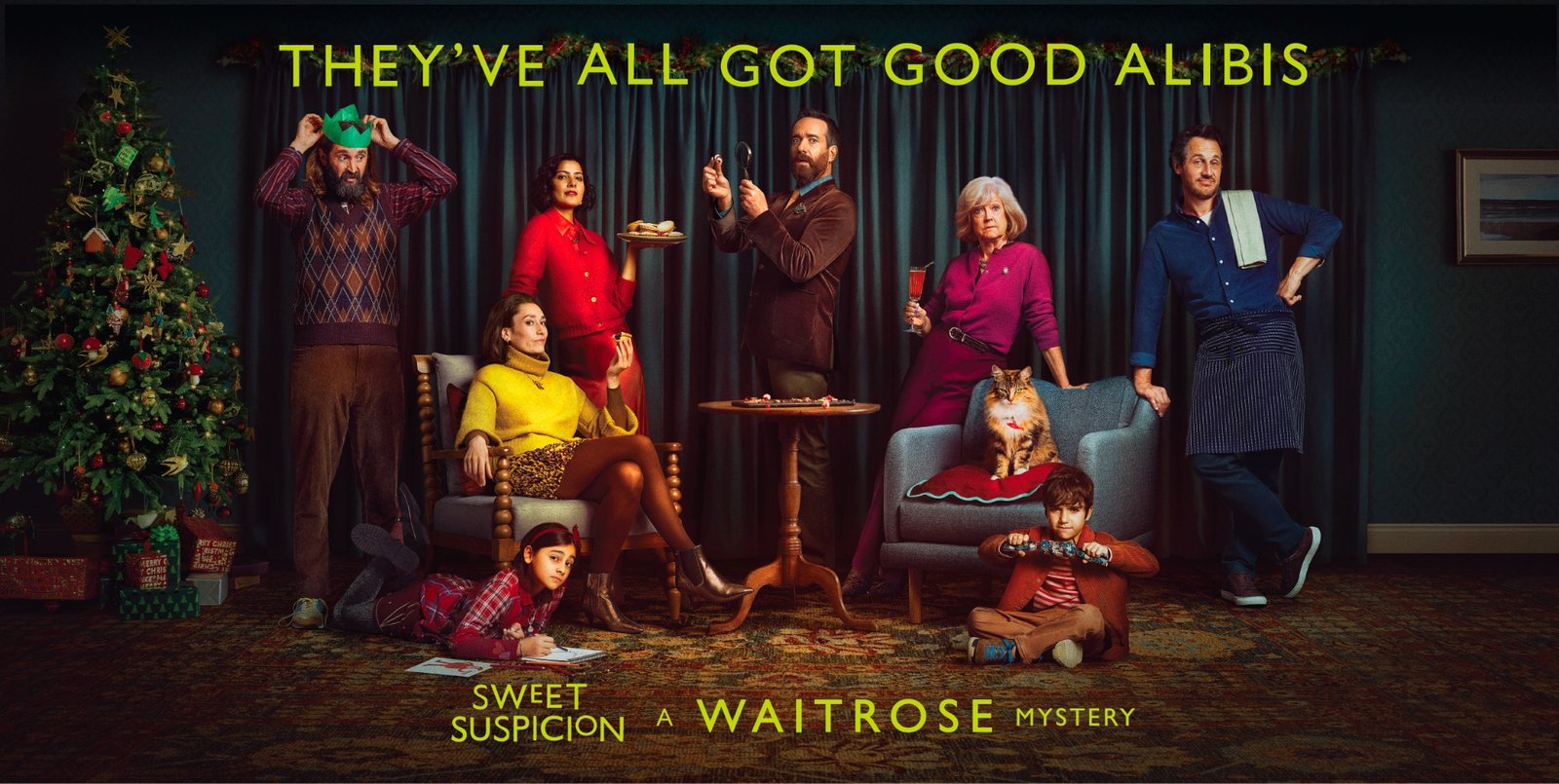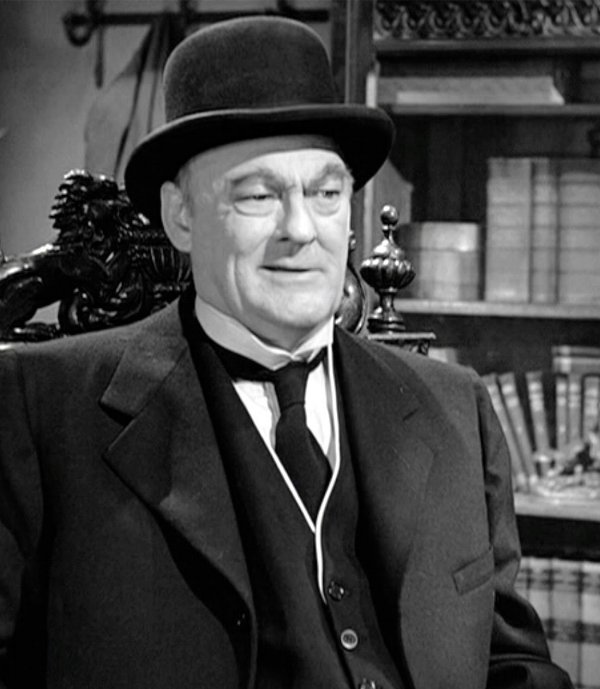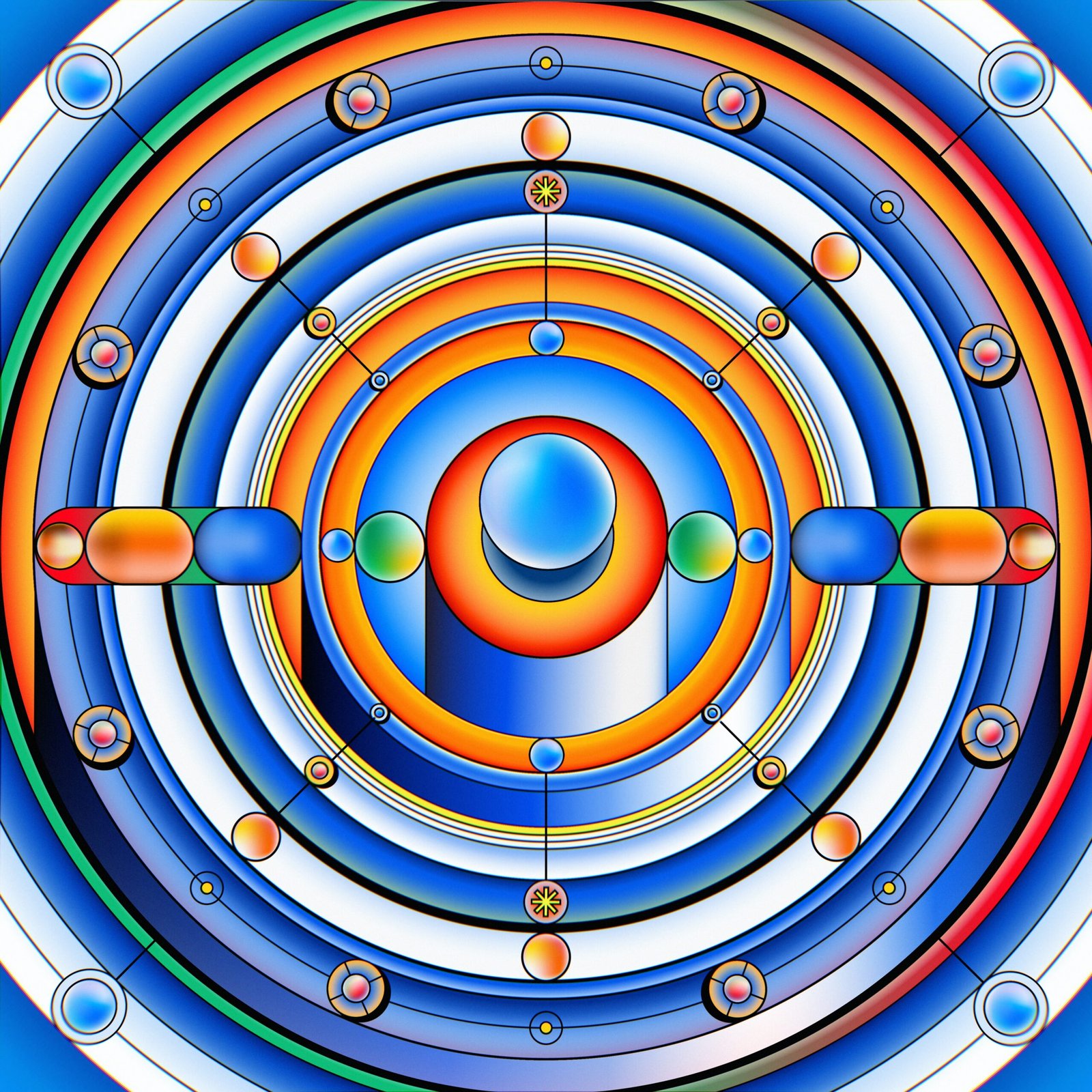Get In Touch
hello@untangld.co
Get In Touch
hello@untangld.co
Follow
|
LinkedIn

We use cookies to make sure you have the best experience on our website. Fear not, we don’t sell your data to third parties.


We love science when it suits us. “Flat Earthers” are crazy. Climate change deniers are, well, in denial. But when it comes to science and brands, most of us still assume the sun revolves around the earth.
In recent years, there have been some very smart people applying some scientific principles to brands and customers. Like all good science, there’s still debate, but it helps to get the basics right.
Firstly, creating a strong brand should be a no-brainer for any marketer.
It helps lower the bottom line and raises the top. Great brands should mean you can advertise less often and still demand more for your product or service. For customers, brands offer a shortcut to assess quality, product benefits and that je ne sais quoi that makes something “cool”.
And there’s no shortage of contrarian thinking on how to create powerful brands.
There are Love Marks and Lighthouse brands. True norths and North Stars.
But let’s be honest. We might talk the talk, but it doesn’t seem to be walking anywhere.
According to Havas Media, 74% of brands could disappear in Australia and people wouldn’t even notice. In Europe, this figure looks more like 92%.
In a recent IAB report, 40% of Australians who knew that adblockers were a thing, had one installed. And yes, the reason is too many ads.
And lastly, a TGI study found that in 2016, only 14% of people thought the “adverts are as good as the programmes”, compared to 31% in 1990.
The latter is less about brand specifically, but it’s still a damning mark on how we’re communicating on behalf of our brands.
This paints a clear picture that we’re doing something wrong, or at least not getting it right.
So, let’s start with the obvious.
This isn’t a rant on the need for investing in more brand work.
This is definitely not about making more brand ads.
Brand ads alone don’t make brands.
The question is, how do you create a great brand? What does the science tell us? And more importantly, what’s the difference between science and success.
Here are three simple ways to build brands that are backed by marketing science.
Brands aren’t created in one click, one ad or one action. Brands are the accumulation of every click, every ad, and every action over time.
A New Zealand study conducted in partnership with Colenso BBDO found that 91% of brand image was created from customer experience. In other words, it’s not branded communications, but every experience people have with the brand that makes the brand.
And it’s not just about brand equity, it’s about effectiveness. In one of the most influential books going around, “The Long and Short of it” by Binet and Field, they highlight how brand response is more holistically effective and more profitable than either pure brand or pure response.
In other words, brand is everything, so brand everything.
Jenni Romaniuk and Byron Sharp of the Ehrenberg-Bass Institute for Marketing Science researched brand salience, and the findings are surprisingly simple. Brand Salience is a function of the quantity and quality of the people’s memories of that brand in context.
This is important because memories are fragile — people are constantly on the verge of forgetting your brand. So, our role is to create a brand that is undeniably linked to the category and purchase situation.
The Result: The campaign attracted nearly 10m visits to MailChimp.com, achieved a 14% rise in sign-ups and generated $3.5m of earned media value.
People believe the truth. The catch is, the truth is not what’s real, it’s what you feel.
The science made simple: Emotions are the unconscious force guiding our decisions
In his seminal book “Thinking, Fast and Slow”, Nobel prize winner Daniel Kahneman refers to how our automatic decision making relies on the emotional associations we create over time. These hardwired associations mean “you like what you see, believe what you hear, trust your intuitions and feel that the current situation is comfortably familiar”.
In other words, you use your emotions to guide your decision more often than not.
That’s why emotional campaigns have been found to produce larger brand and business effects in the medium and long terms.
The Result: John Lewis has registered an increase in sales of 33% over the past four years, as well as a market share increase to 29.6% and an ROI of £8 for every £1 spent.
There are different types of emotional communications, but broadly, there are ones which make you feel differently about a brand, but you keep it to yourself.
And there are ones which change the way you feel, and you can’t help but share it with the world. These are called fame campaigns.
They, by their very nature, are surprising. Experiences and ideas that spark a willingness to share with others. And considering fame campaigns peak around the two-year mark, the trick is maintaining that surprise consistently without wear out.
The science made simple: Campaigns designed to be famous spread further and perform better.
Fame campaigns that emotionally inspire people to share their enthusiasm have been linked to better sales, profits, market share and price sensitivity. Especially around that two-year mark.
The catch is that “fame campaigns” don’t do particularly well in the short-term. Compared to rational campaigns, fame campaigns are a third less likely to generate direct effects. That doesn’t mean they don’t perform, just not as well as rational ones.
The Results: The Cheetos Museum campaign resulted in the strongest sales week in Cheetos history, as the brand saw a 9.2% year-over-year lift in sales and its share of the cheese-puff market grew by 1.5 points.
Now’s probably a good time to tell you I failed Chemistry in year 10. I sucked at science.
I still don’t understand logarithms. And I’ve been on page 22 of a Karl Popper book (he’s a research guy) for longer than I would like to admit.
But it is worth the effort because, without the science, everything we do and achieve feels like a miracle.
IPA Effectiveness Awards: Insights from the winning campaigns (2016)
Binet and Field. “The Long and the Short of it: Balancing Short and Long-Term Marketing Strategies” (2013)
Graves, Philip. “Consumer.ology: The Market Research Myth, the Truth about Consumers and the Psychology of Shopping” (2010)
Kahneman, Daniel. “Thinking, Fast and Slow” (2011)
Meaningful Brands Report, Havas Group (2017)
Sharp, Byron. “How Brands Grow: What Marketers Don’t Know” (2010)
Warc — “Creative culture, innovation and effectiveness” — the view from Colenso BBDO
Warc — Cannes Lions 2018: Insights from the Creative Effectiveness winners
Warc — Cannes Lions 2017: Insights from the Creative Effectiveness winners









→ Danish is one of the most awarded strategists in the world, having worked on some of the most iconic brands in the last decade including Virgin Atlantic, Coca Cola, and Volvo. Danish spent his career helping to make modern, connected strategy integral to world-class effective work. A co-founder of Untangld, and a founding partner of By The Network, Danish is also a regular judge at the Effies and WARC Global Effectiveness Awards and a contributor to popular industry rags.
